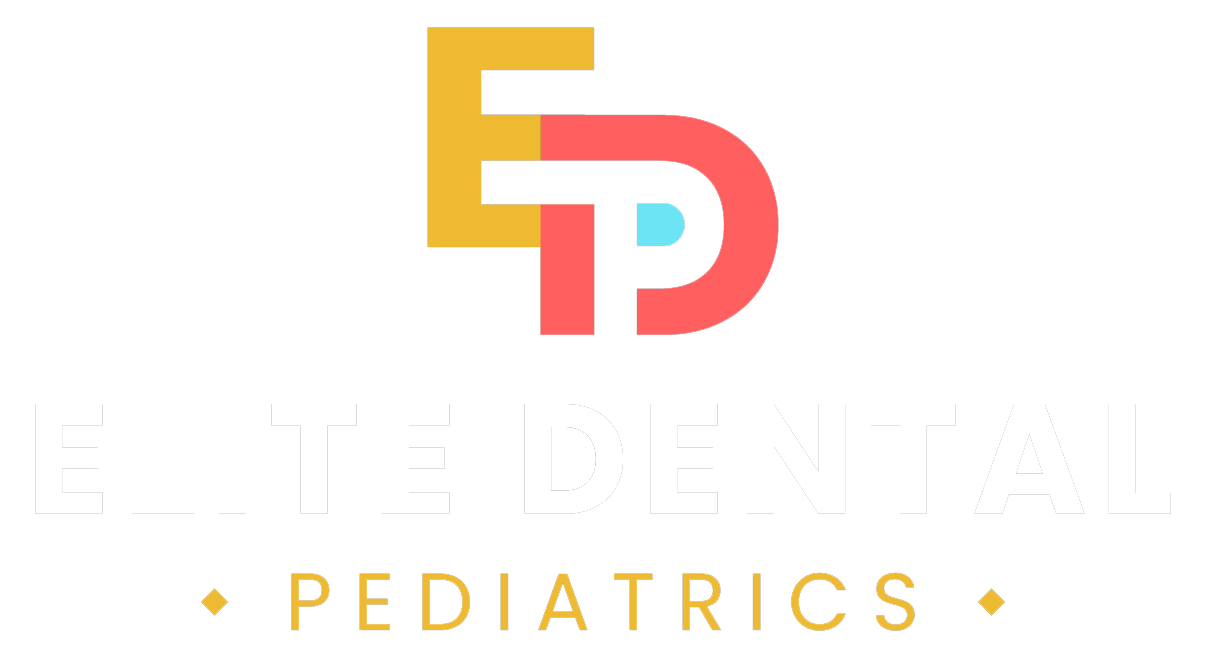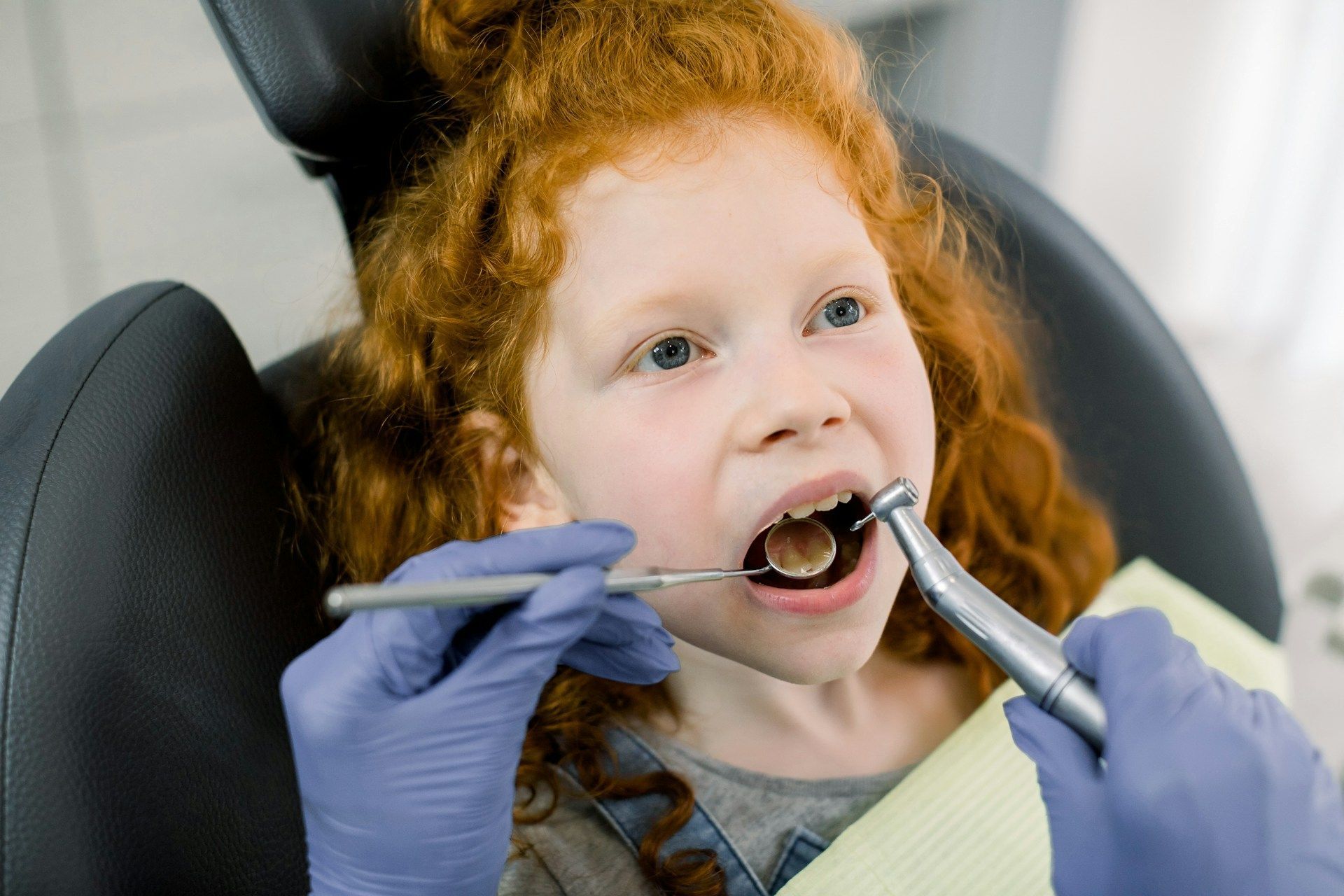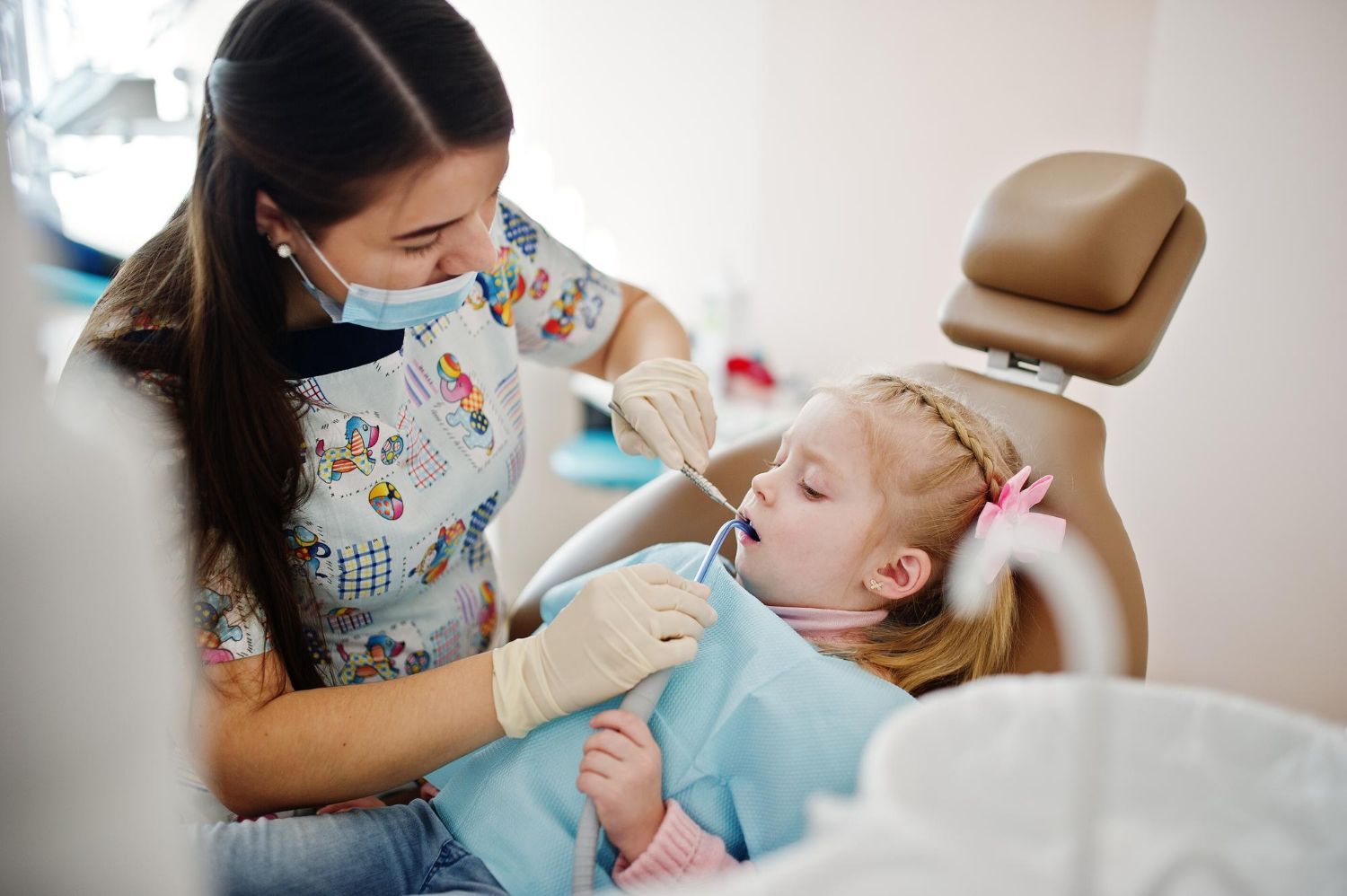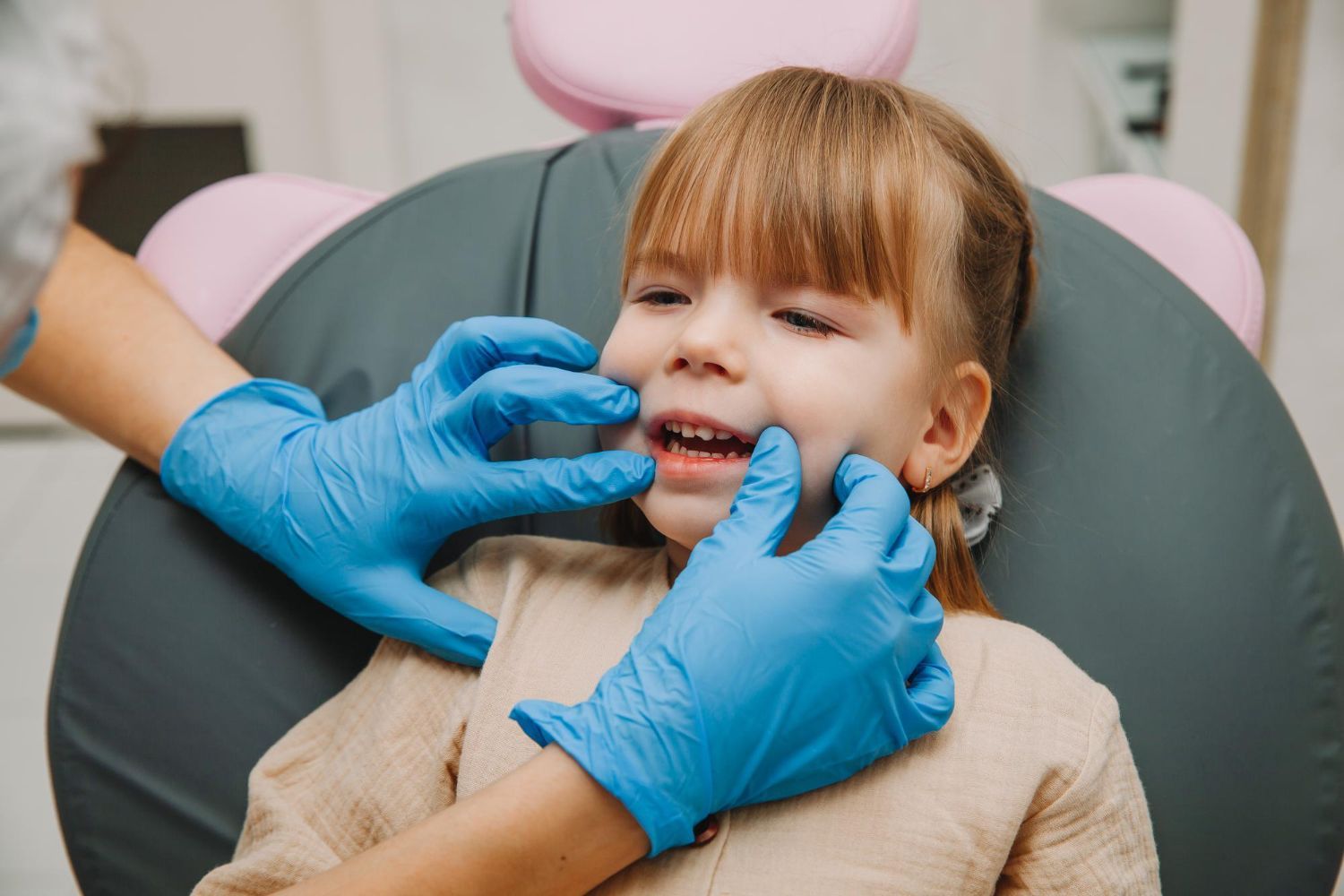Are Dental X-Rays Safe for Kids? Key Facts for Parents
As a parent, you want to ensure every aspect of your child's health is taken care of, including their dental health. One tool commonly used by dentists is the dental X-ray. While these X-rays are crucial for diagnosing problems that can't be seen with the naked eye, many parents worry about the safety of exposing their children to radiation. Understanding the necessity and safety of dental X-rays can help ease these concerns and ensure your child receives the best dental care possible.
Dental X-rays provide a detailed look at the teeth and bones, helping dentists spot issues like cavities, bone infections, and developmental problems early on. This early detection is vital for treating potential issues before they become serious. Despite the benefits, it's natural to question how safe these X-rays are, particularly for young children who are still growing. Knowing the types of X-rays and the safety measures in place can help reassure parents about their use.
Modern dental practices use advanced technology to minimize radiation exposure and protect patients. Dentists also follow strict guidelines to ensure X-rays are only used when necessary. By understanding the frequency and necessity of dental X-rays, you can make well-informed decisions about your child's dental health. Prepared with this knowledge, you can feel confident in the measures taken to keep your child safe and healthy during their dental visits.
Understanding Dental X-Rays and Their Importance for Children
Dental X-rays are an essential tool in pediatric dentistry. They help dentists see inside the teeth and the surrounding bone structure, identifying issues that might not be visible during a regular dental exam. These images are crucial for detecting cavities, monitoring tooth and jaw development, and checking for infections or injuries. By catching problems early, dental X-rays can prevent more serious issues and ensure proper dental growth.
Kids' teeth develop rapidly, and X-rays help monitor this process. For instance, they can show whether permanent teeth are coming in correctly or if there’s enough space for them to fit. This information allows dentists to plan for treatments that may be needed, like orthodontic care or extractions. Understanding the importance of dental X-rays highlights their role in keeping your child’s smile healthy and problem-free.
Despite concerns about radiation exposure, the benefits of X-rays often outweigh the risks. Modern dental practices use advanced technology to minimize exposure, ensuring that children receive only the necessary amount of radiation. These safety measures make dental X-rays an effective and safe part of routine dental care, helping to maintain your child’s oral health throughout their formative years.
Types of Dental X-Rays and What They Show
There are several types of dental X-rays, each providing unique information about your child's oral health. Here are the most common types:
1. Bitewing X-Rays:
These X-rays show the upper and lower back teeth in a single view. They are used to detect cavities between teeth and to check the height of the bone between the teeth. Bitewings are often taken during routine check-ups.
2. Periapical X-Rays:
These images focus on one or two teeth at a time, showing the entire tooth from the crown to the root. Periapical X-rays are useful for detecting issues at the root level or in the bone structures supporting the teeth, such as abscesses or cysts.
3. Panoramic X-Rays:
This type of X-ray provides a broad view of the entire mouth, including all the teeth, jaws, nasal area, and sinuses. Panoramic X-rays are valuable for assessing overall dental development and planning treatments like orthodontics or identifying problems not visible with smaller X-rays.
4. Occlusal X-Rays: These X-rays capture all the upper or lower teeth in one image. They are used to track tooth development and placement in younger children. Occlusal X-rays help in identifying extra teeth, missing teeth, or teeth that haven’t broken through the gums yet.
Understanding the different types of dental X-rays and what they show can help parents feel more comfortable and informed about their child's dental care. Each type of X-ray provides specific information that aids the dentist in creating a comprehensive treatment plan to ensure your child’s oral health remains in excellent condition.
Safety Measures and Radiation Exposure in Pediatric X-Rays
Safety is a top priority when it comes to dental X-rays for children. Modern dental practices use advanced technology to minimize radiation exposure. Digital X-rays, for example, use significantly less radiation compared to traditional film X-rays. This ensures that your child receives the lowest possible dose while still getting the necessary diagnostic information.
During the X-ray process, dentists take several steps to protect your child. Using lead aprons and thyroid collars shields the most sensitive areas of the body from unnecessary radiation. The dentist will also limit the number of X-rays taken to only those that are essential, following guidelines set by professional health organizations.
It's important to remember that the amount of radiation from dental X-rays is very low and considered safe for children. The benefits of these X-rays, such as early detection of dental problems, far outweigh the minimal risks. Knowing these safety measures can help parents feel more at ease about the use of X-rays in their child's dental care.
How Often Should Children Get Dental X-Rays?
The frequency of dental X-rays depends on your child's age, dental health, and risk for dental problems. Generally, children should get X-rays as part of their routine dental exams. However, the exact schedule will be determined by the dentist based on individual needs.
For children with a high risk of cavities, more frequent X-rays might be necessary to monitor and catch problems early. This could mean an X-ray every six months. For kids with a low risk of dental issues and good oral health, X-rays might be taken less frequently, perhaps once a year or even every two years.
It’s important to follow the dentist's recommendations, as they are tailored to your child's specific situation. Regular dental visits combined with the appropriate frequency of X-rays ensure that any potential issues are caught early and treated promptly. This individualized approach helps keep your child's teeth healthy and reduces the risk of more serious dental problems in the future.
Conclusion
Understanding the importance and safety of dental X-rays for children helps put many parents' minds at ease. X-rays are an invaluable tool in identifying and treating dental problems early on, ensuring that your child's oral health is maintained. By recognizing the different types of X-rays and the safety measures in place, you can feel more confident about the care your child receives.
Regular dental check-ups, combined with the dentist’s judgment on the frequency of X-rays, provide a balanced approach to maintaining a healthy smile. Keeping up with these visits and following good oral hygiene practices at home will help prevent dental issues and keep your child's teeth strong and healthy.
At Elite Dental Pediatrics, we strive to offer the best care for your child's dental needs. If you have concerns or need to schedule an appointment, contact our
pediatric dentist in Houston today to ensure your child's smile stays bright and healthy.










